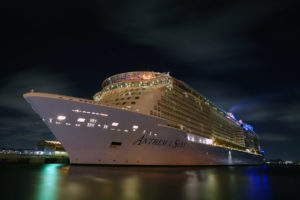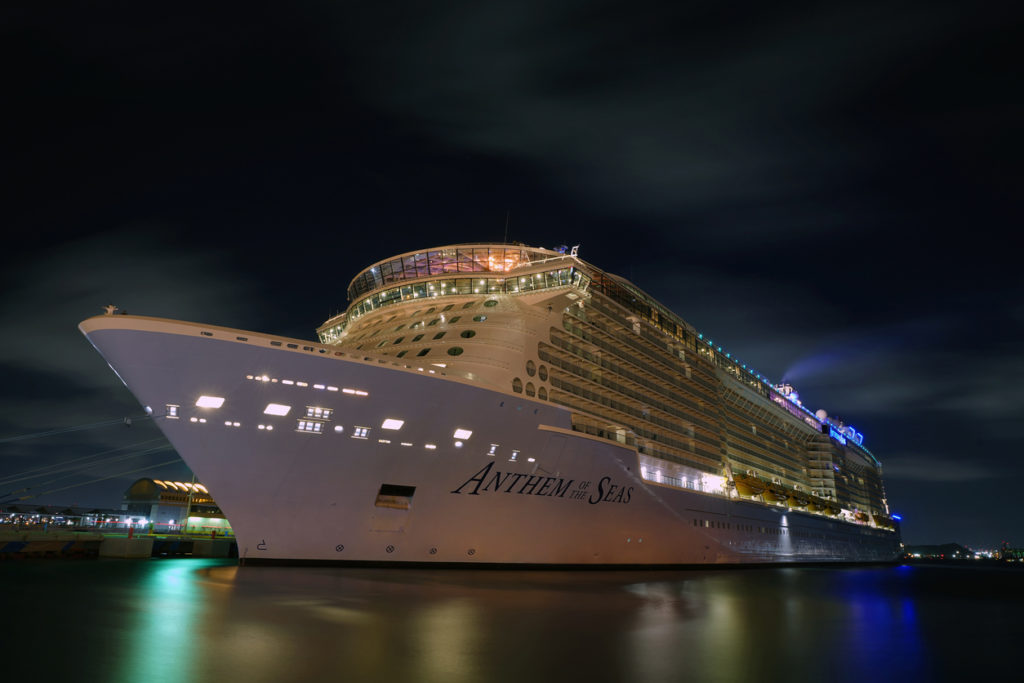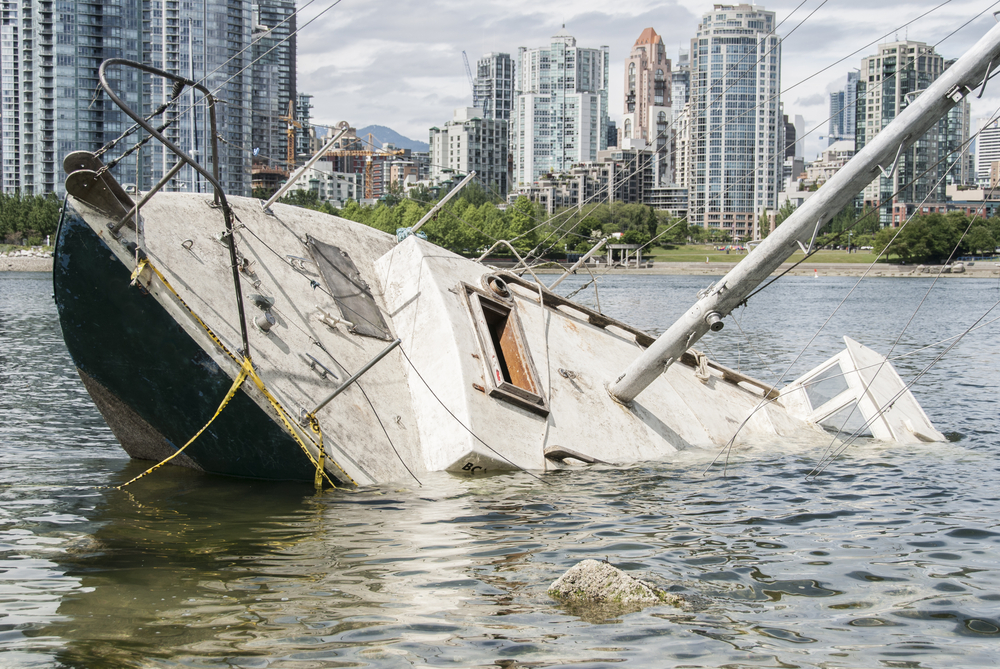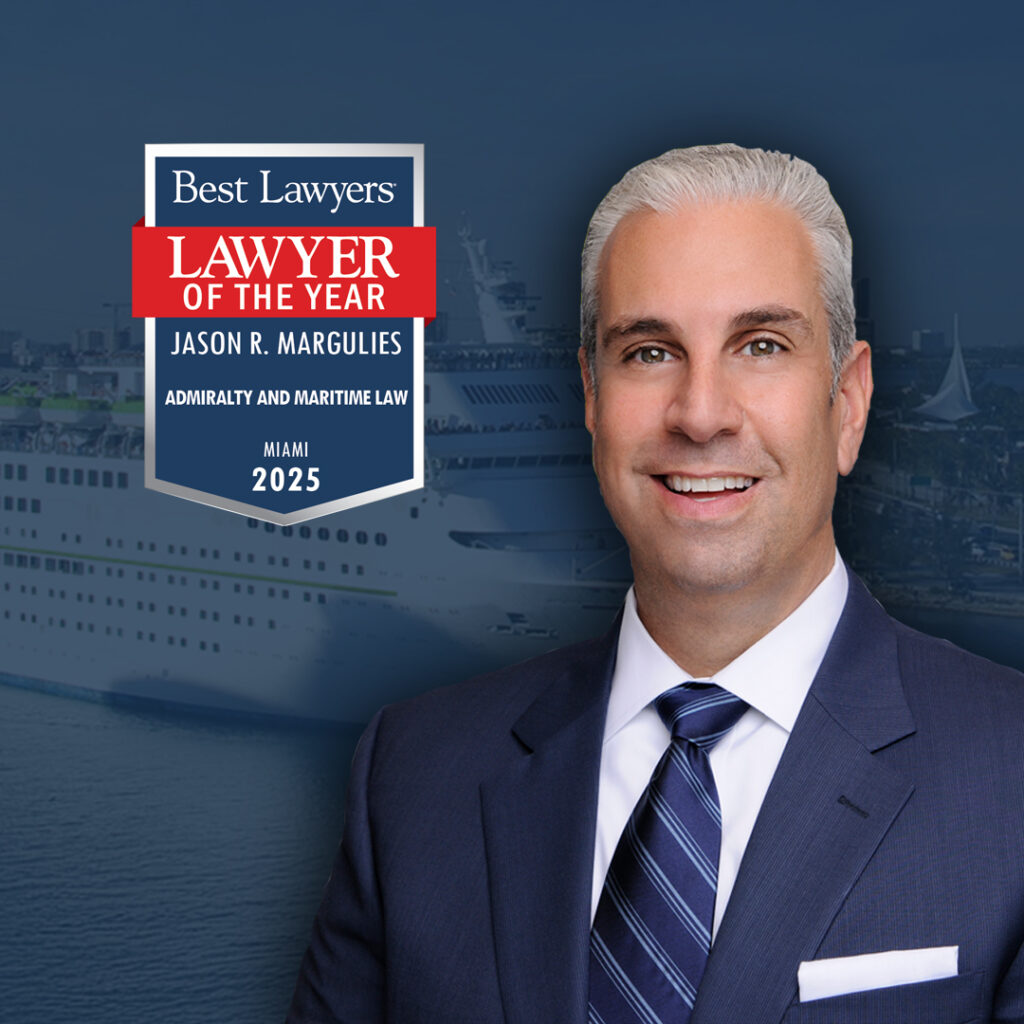
On April 13th, a 24-year-old passenger aboard Royal Caribbean’s Anthem of the Seas was reported to have jumped overboard. The incident took place around 4pm on Friday, as the ship sailed off the coast of Virginia, on its way to New Jersey and the final stop after a voyage to the Bahamas.
As soon as the man overboard alarm was sounded, the ship stopped its course to search for the missing passenger. However, after a few hours, the Coast Guard took over the search, allowing the ship to continue on its way. Rescue teams from the Coast Guard used helicopters and boats to search for the missing cruise guest from Friday into Saturday. However, by 11am on Saturday morning, rescuers called off the search. A spokesman from the Coast Guard explained that after that amount of time, “There’s not a possibility that he is alive.”
We send our deepest condolences to the family of the young man, as they navigate this challenging time.
Are Overboard Accidents Preventable?
This is the second case of a passenger intentionally throwing themselves overboard in the past seven days. Late last week, we reported that an Australian mother fell overboard the Pacific Dawn. At first, her case appeared to be a freak accident caused by rough weather conditions, with other passengers reporting that she had gone outside to be sick and was washed overboard when a wave hit the ship. However, inspectors later reviewed video footage that showed the woman did indeed choose to jump from the deck.
The recent series of overboard accidents certainly gives us cause for concern. In many cases, accidents at sea can be challenging to thoroughly understand. A lack of proper information is typically the biggest obstacle to uncovering what really took place. However, when video footage offers clear insight into the moments before during and after an event, we are left wondering not how could these events occur, but what could prevent future accidents like these from happening in the future?
For many, the first option under consideration is to raise the height of railings so that passengers are unable to propel themselves overboard as easily. However, in addition to altering the view, this may not necessarily prove as effective as expected. The cruise industry could also prioritize higher quality overboard sensors, decreasing the time it takes to realize that a person has fallen off the ship. Although Man OverBoard Detection Systems have been around for years, cruise lines have been resisting the installation of this technology claiming it was not feasible or practical. However, recently the ISO has developed internationally agreed technical specification for Man Overboard Systems. Unfortunately it may take years to have these standards formally implemented and it is unlikely that cruise lines will voluntarily install the lifesaving safety measures.
Cruise ships might be better equipped to perform more thorough searches for passengers, as they wait for the Coast Guard or other professional rescuers to arrive. And yet, even with improvements in these areas, it may be challenging to increase the chances of rescuing an individual at sea.
Ultimately, these tragedies open the topic of mental health aboard cruises, and the potential to provide access to proper help for passengers in need. If the cruise line were to offer access to a therapist or counselor, there is a chance that individuals might seek out these options instead.
We’re Ready to Fight For You
At Lipcon, Margulies & Winkleman, P.A., we have experience with a wide range of cruise ship accidents and injuries. Given our combined 200 years of experience in maritime law, our firm understands the challenges associated with defending yourself, and is ready to fight for you at every possible opportunity.
Our team of maritime lawyers is ready to assist you in any way we can. So if you have questions about your case and are seeking advice you can trust, look no further. Simply contact us today to get started.
Published on April 16, 2018
Categories: Cruise Ship Injuries, Royal Caribbean Cruises
Get Free
Consultation











